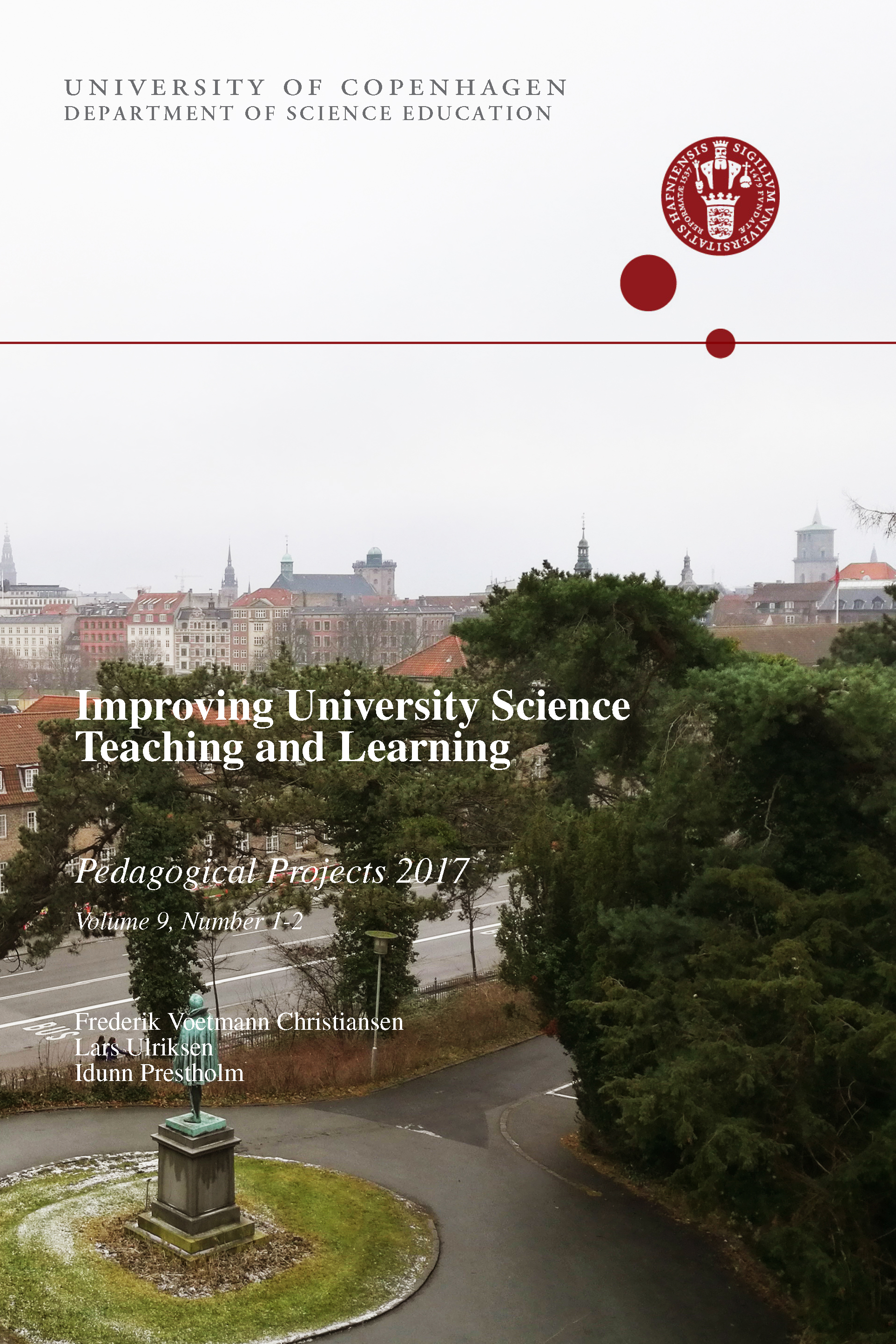Involving teaching assistants in the design of large courses
Keywords:
involvement, assistants, design, large course, consequences, food science, theoretical, alignmentAbstract
The use of teaching assistants in the execution of large courses is common practice across universities worldwide. However, this task is mostly conducted disjoint, where the course responsible sketch out the teaching assistants specific tasks, such as to assist during practical or theoretical exercises and correction of homework, reports etc. which then is being conducted in a no questions asked fashion by the teaching assistants often in an environment where the course responsible is not present. It boils down to that one person (the course responsible) constructs the material, which then is thrown over the wall to the other person (the teaching assistant) who is going to try to turn this material into learning. The result of this is often, that the good learning intentions behind the material is lost in this line of communication, where the teaching assistant lack the exact idea of the exercise, or sufficient background knowledge for framing the context, and further, that the course responsible is out of sync with the students hurdles in achieving learning. On the other hand the teaching assistants belong to per see the brightest part of the student spectrum and as such posses a capacity beyond what is utilized in such a traditional setup. This project explores how to utilize teaching assistants in the process of designing a new course, and discusses the consequences of this involvement.
Downloads
Published
How to Cite
Issue
Section
License
Counting from volume 19 (2023), articles published in IUSTL are licensed under Creative Commons Attribution-NonCommercial 4.0 International License. The editorial board may accept other Creative Commons licenses for individual articles, if required by authors.
Articles in volume 1-18 are not licensed under Creative Commons. In these volumes, all rights are reserved to the authors. This implies that readers can download, read, and link to the articles, but they cannot republish the articles. Authors can upload their articles in an institutional repository as a part of a green open access policy.




